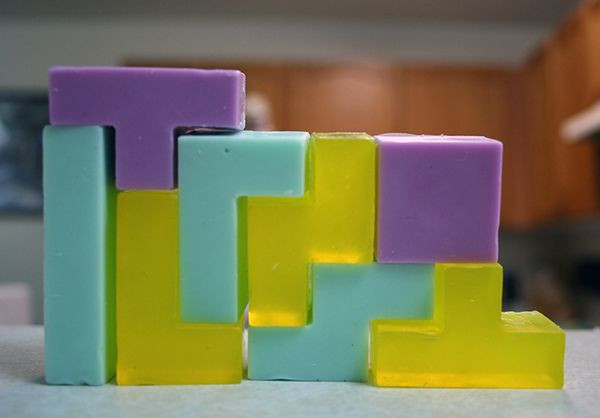Tetris Can Be Used To Fix Lazy Eye - Not All Video Games Promote Laziness

Amblyopia, or lazy eye, is a common eye condition where one eye doesn't move in coordination with the other and can lead to vision loss in children. This happens because of the brain's inability to process the uncoordinated information so the stronger eye takes over and the weaker eye slowly loses out. Current treatment options include surgery or simply covering up the stronger eye, forcing the weaker eye to work, which has limited success.
A research study out of McGill University has shown that the game Tetris makes the eyes work in a complimentary fashion and distributes different information between the two eyes. Essentially, this forces both eyes to cooperate, rather than have one dominant over the other.
"The key to improving vision for adults, who currently have no other treatment options, was to set up conditions that would enable the two eyes to cooperate for the first time in a given task," says Dr. Robert Hess, senior author of the paper and Director of Research Department of Ophthalmology at the RI-MUHC and at McGill University.
Dr. Hess discussed that even though the adult brain is set in its ways, it still has plasticity and can readjust certain behaviors that were thought hardwired by adulthood.
"Using head-mounted video goggles we were able to display the game dichoptically, where one eye was allowed to see only the falling objects, and the other eye was allowed to see only the ground plane objects," explained Dr. Hess, director of McGill Vision Research. "Forcing the eyes to work together, we believed, would improve vision in the lazy eye."
The researchers tested 18 adults with some form of lazy eye, amblyopia. Nine of the participants played the with only their weak eye and the other nine played the game where each eye saw only separate parts of the game. After two weeks, the players that used both eyes showed dramatic improvement in the vision of the weaker eye and 3-dimensional vision (that is reliant on both eyes working together for depth perception).
A trial to test the suitability of the treatment in children will be undertaken later this year.
The study is published in the journal Current Biology and can be found here.



























